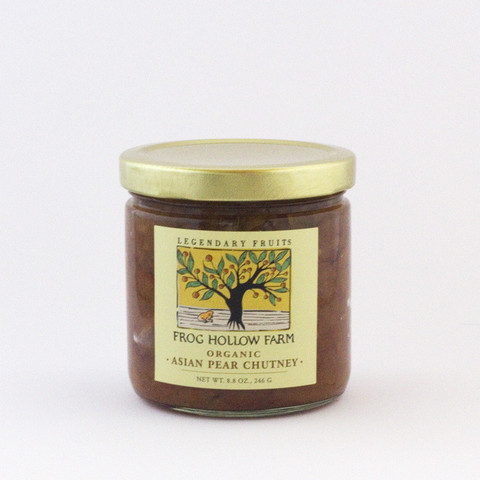Chutney
 For hundreds of years, people have been preserving their own food. Before refrigeration was invented, drying, pickling, curing, and fermenting foods were the primary methods for extending the shelf life of produce. With Influence from India, chutney was one of the earliest condiments to be esteemed by the British for its ability to improve the flavor of English cuisine.
For hundreds of years, people have been preserving their own food. Before refrigeration was invented, drying, pickling, curing, and fermenting foods were the primary methods for extending the shelf life of produce. With Influence from India, chutney was one of the earliest condiments to be esteemed by the British for its ability to improve the flavor of English cuisine.
Chutney originated in India as a simple fruit paste that was preserved in honey. It eventually evolved to incorporate a variety of fruits, spices, and vegetables. During the 17th century when the British colonized India, they would bring chutney back to England as a novelty good. Because of its bright and exotic flavor, chutney became a popular relish for sandwiches, meats, and cheeses.
As chutney made its way to various parts of the world, people adopted new preparation techniques and experimented with various flavor profiles. It can be prepared using a wet or dry method, and is generally categorized as sweet or hot. Dry chutneys are ground into a paste with a mortar and pestle while wet chutneys are cooked with vinegar and sugar. It can be made with almost any combination of fruits, vegetables, and herbs, but almost always contains chilies and spices. 
The chutney we make at Frog Hollow Farm is influenced by the English style, which is typically made by cooking fruit with sugar and vinegar until it becomes a reduction. The most commonly used seasonings for this style include: ginger, garlic, onion, and tamarind. Made with our legendary peaches, and Asian pears, our chutney will bring the perfect amount of sweetness and spice to your next meal.
Enjoy the Middle Eastern chicken salad with chutney that Chef Becky and I came up with for lunch. It can be made into a sandwich or enjoyed with rice.
– Chef Anna

 Follow
Follow

